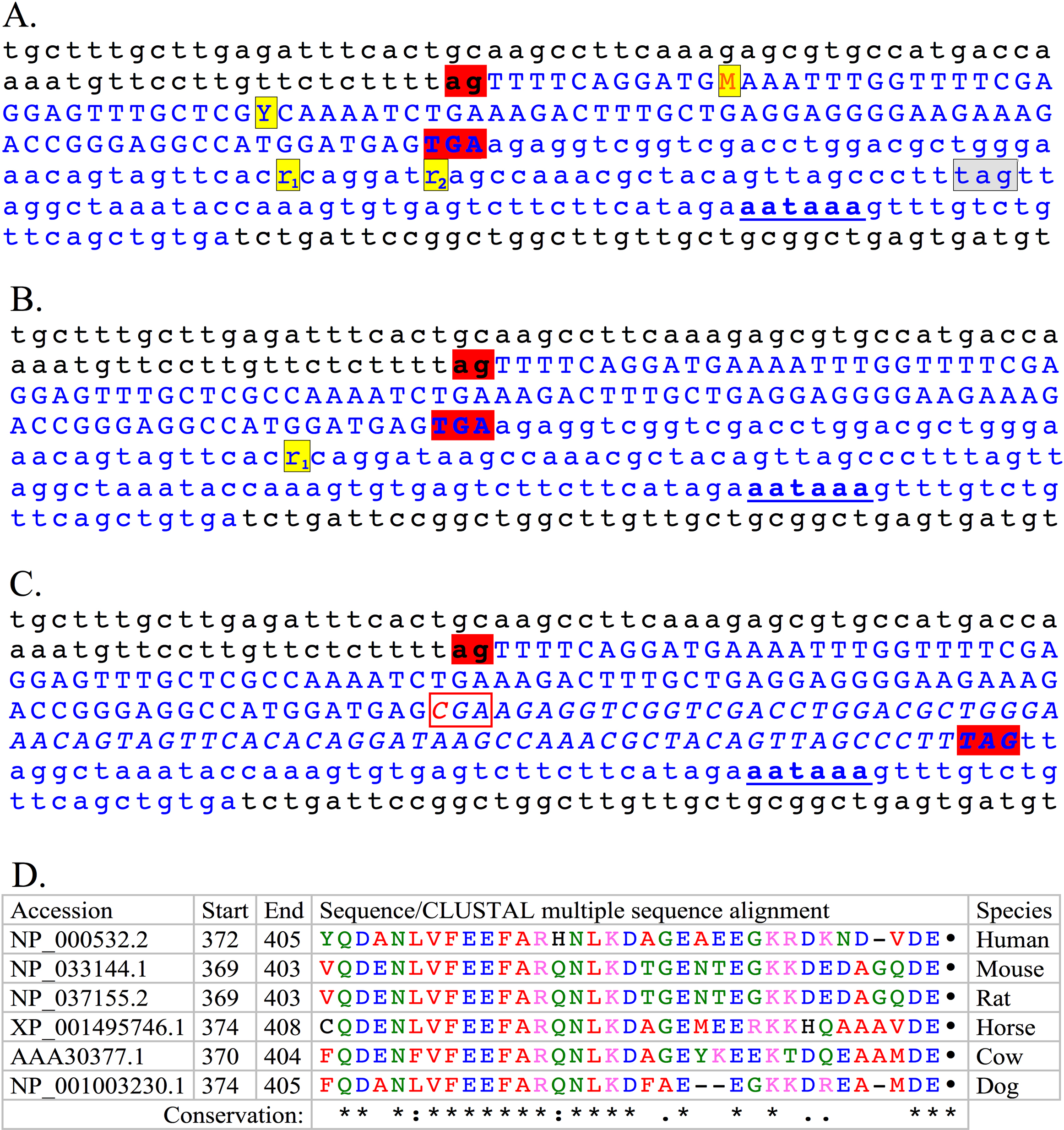Figure 5. Comparative sequence analysis, 3′ region of canine S-antigen gene.
A: This panel presents the normal reference canine genomic sequence, from the CanFam3 canine sequence assembly, including the
3' end of intron 15, complete exon 16, and 3′ end of S-antigen (
SAG). Nucleotides comprising the 3′ end of intron 15, and the genomic sequence beyond the 3′ UTR are in black lowercase. The
splice acceptor site,
ag, at the 5′ junction of intron 15 and exon 16 is highlighted in red and bolded. Blue uppercase characters comprise
SAG exon 16, the terminal exon, with its stop codon
TGA highlighted in red and bolded. M=C or A, Y=C or T, indicate observed canine SNPs. Blue lowercase is the 3′ untranslated region
(UTR); r1 and r2 are A or G SNPs; boxed in gray is the deduced stop codon in the affected Basenji; bold and underlined is
the polyadenylation signal.
B: The corresponding sequence observed in unaffected Basenji alleles is presented.
C: The corresponding sequence observed in affected Basenji dogs is presented, in which the stop codon is mutated to a CGA,
boxed in red, and the mutation C is labeled in red. The resulting extension of the open reading frame is indicated with italics,
and the new deduced stop codon TAG is highlighted in red.
D: Protein conservation analysis of the amino acids translated from the last exon of
SAG in six mammalian species. Colors correspond to physicochemical properties of the residues: red=small, hydrophobic and/or
aromatic; blue=acidic; magenta=basic; green=hydroxyl, sulfhydryl, or amine; black dot=stop codon. Conservation symbols indicate:
asterisk (*)=positions that have a single, fully conserved residue; colon (:)=conservation between groups of strongly similar
properties - scoring >0.5 in the Gonnet PAM 250 matrix; period (.)=conservation between groups of weakly similar properties
- scoring=<0.5 in the
Gonnet PAM 250 matrix. Modified from multiple sequence alignment generated by
Clustal Omega. Nineteen amino acids and the stop codon are highly conserved among human, mouse, rat, horse, cow, and dog.
 Figure 5 of
Goldstein, Mol Vis 2013; 19:1871-1884.
Figure 5 of
Goldstein, Mol Vis 2013; 19:1871-1884.  Figure 5 of
Goldstein, Mol Vis 2013; 19:1871-1884.
Figure 5 of
Goldstein, Mol Vis 2013; 19:1871-1884. 